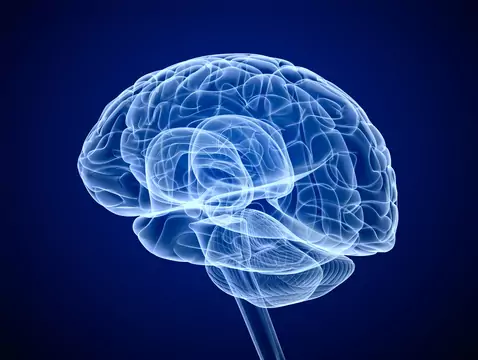This article discusses the most relevant issues related to the pharmacological treatment of epilepsy in children.
The introduction of both the first and all subsequent antiepileptic drugs should be managed by a neurologist, outpatient visits are usually sufficient, but in some cases it may be necessary to hospitalise the child in order to implement antiepileptic treatment. As a rule of thumb, antiepileptic drugs should be gradually introduced starting with low doses up to the target or maximum doses tolerated by the patient. In all cases, the principle should be to use the lowest possible doses that effectively control seizures. After all, the main aim of treatment of a patient with epilepsy is to control the seizures so that the patient's development and social functioning can be normal but, on the other hand, the side-effects of the drugs must be kept to a minimum. Therefore, if a reduction in seizures has been achieved following the introduction of a particular drug, but significant side effects have occurred, consideration should be given to discontinuing the drug. Some combinations of antiepileptic drugs are very effective, but may be toxic. Such a combination is, for example, VPA and lamotrigine ( LTG), or VPA and CBZ.
In the course of epilepsy therapy, follow-up tests should be carried out periodically in clinically justified cases. The type of tests depends on the type of epilepsy syndrome and the treatment used. Sometimes it is necessary to control the patient's serum concentration of the anti-epileptic drug. This is justified, for example, if there is suspicion of unsystematic treatment (forgetting to take the drug, arbitrary withdrawal of the drug) or if there is suspicion of adverse drug reactions. Particularly important is the determination of phenytoin concentrations due to its toxic effects. Other biochemical tests, such as liver tests, should only be performed if justified.
The electroencephalographic recording of a patient undergoing treatment for epilepsy should also be checked when indicated. One such indication is that the treatment has not been effective.
Summary
- The primary goal of antiepileptic treatment is the control of seizures in the absence of toxic effects from the antiepileptic drugs.
- In most cases, effective seizure control can be achieved with monotherapy.
- In most cases, the first-line drugs are VPA and CBZ, with the exceptions of West syndrome and neonatal seizures.
- Each drug should be introduced gradually until the effective dose is reached, not necessarily the maximum dose.
- If the first drug introduced is ineffective, withdrawal or addition of a second drug should be considered.
- The use of more antiepileptic drugs often exacerbates side effects without providing better seizure control.
- Follow-up should only be carried out in clinically justified cases.
When a remission period of several years, usually 2-3 years, i.e. seizure-free, is achieved, withdrawal of treatment can be considered. In most cases, patients who quickly achieve seizure resolution with antiepileptic treatment have a low risk of recurrence of seizures when gradually discontinuing treatment. Discontinuation of medication for certain types of seizures, for example generalised tonic-clonic seizures or myoclonus, carries a high risk of seizure recurrence. On the other hand, the longer the period since the drug is withdrawn, the lower the risk of seizure recurrence, but unfortunately this does not mean that further seizures will not occur even months or even years apart. A frequently discussed issue is the eeg recording and the risk of seizure recurrence after withdrawal of medication. The type of changes described in the eeg is not the most relevant factor in determining whether or not drugs can be substituted. As with the diagnosis of epilepsy, the clinical picture, i.e. the presence or absence of epileptic seizures, is the most important factor when attempting to discontinue antiepileptic drugs. The time period chosen for discontinuing medication is also important - adolescence, for example, is an unfavourable time period. The discontinuation of antiepileptic drugs should never be abrupt - usually a gradual discontinuation over a period of weeks or months is necessary, always under the supervision of a neurologist.
Summary
- Discontinuation of antiepileptic drugs is possible in some patients after a seizure-free period of 2-3 years.
- In any case, the reduction of drug doses must be gradual and the whole process must be closely monitored by a neurologist.
- The eeg recording plays an important role in the decision to discontinue antiepileptic drugs, but it is not the most important factor.
- Even scrupulous adherence to all of the above-mentioned principles does not guarantee safe discontinuation of treatment and a bar of relapse.
If pharmacological treatment over a period of several years using maximum safe doses of antiepileptic drugs does not result in improvement and satisfactory seizure control, it may be necessary to resort to alternative treatment methods such as neurosurgery, ketogenic diet or a vagus nerve stimulator.









